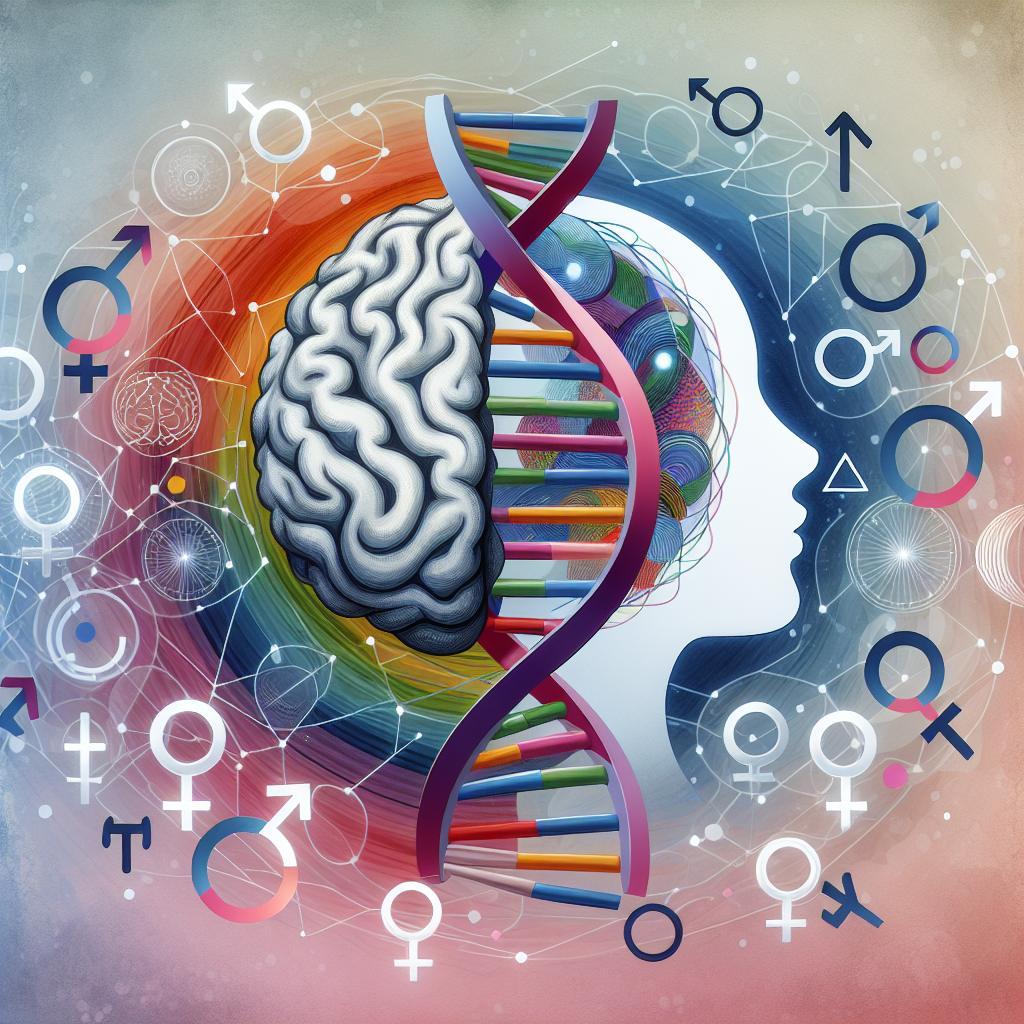
Introduction
The topic of gender dysphoria stands at the crossroads of biology and psychology, drawing the interest of scientists, healthcare providers, and advocacy groups alike. But what exactly is gender dysphoria? Why do some individuals experience it while others do not? In an era where understanding gender identity is critical, exploring the intricate dimensions of gender dysphoria is not just important—it’s imperative.
In this article, we’ll delve into The Science of Gender Dysphoria: How Biology and Psychology Intersect. We’ll explore the biological mechanisms that may underlie gender dysphoria, discuss the psychological aspects affecting those who experience it, and provide real-world examples that highlight these dynamic interactions.
The Definitions and Symptoms of Gender Dysphoria
Gender dysphoria can be defined as the psychological distress arising from a discrepancy between one’s experienced or expressed gender and one’s assigned gender at birth. Symptoms often include:
- Distress related to one’s assigned gender
- Strong desire to be rid of primary or secondary sex characteristics
- Emphasis on gender role reversal or transition
Understanding these symptoms sets the stage for further exploration into The Science of Gender Dysphoria: How Biology and Psychology Intersect.
The Biological Foundations of Gender Dysphoria
Neuroanatomy Insights
Many researchers believe that certain brain structures can be indicative of gender identity. An intriguing area of research focuses on sexually dimorphic structures in the brain, which differ between males and females. For instance, the bed nucleus of the stria terminalis has been shown to differ in volume according to the biological sex of the individual rather than their gender identity.
Genetic Influences
Investigations into genetic factors have unveiled complex interactions between chromosomes and gender identity. Some studies indicate a potential link between specific genetic markers and the likelihood of experiencing gender dysphoria. These findings underscore the argument that biological factors play a critical role in shaping one’s gender identity.
Table 1: Summary of Biological Factors Associated with Gender Dysphoria
| Factor | Description |
|---|---|
| Brain Structure | Differences in size and volume in sexually dimorphic brain areas |
| Genetic Markers | Potential links found in some genetic studies |
| Hormonal Influences | Effects of prenatal hormone exposure |
Psychological Dimensions of Gender Dysphoria
The Role of Psychological Well-Being
Mental health is a critical facet of understanding The Science of Gender Dysphoria: How Biology and Psychology Intersect. High rates of anxiety, depression, and suicidal ideation can be common among individuals experiencing gender dysphoria. Acceptance of one’s identity often leads to a significant improvement in psychological well-being.
Coping Mechanisms and Support Systems
Case studies reveal various coping strategies that individuals adopt. Some find solace in community support, online forums, or therapy. One striking case involved a young woman, Jane, who transitioned socially and medically and reported a substantial decrease in symptoms following her transition journey. Her story illustrates the importance of external support systems in managing gender dysphoria.
Case Study: The Experience of Transgender Youth
In recent years, more attention has been directed toward transgender youth. A groundbreaking study revealed that 75% of youth who underwent gender-affirming therapy reported a marked decrease in distress levels. This study shows the intersection of biological and psychological dimensions: by affirming their gender identity medically and socially, many experience improvements in mental health.
Analysis
This case study emphasizes the critical role of early intervention and comprehensive support in reducing the psychological toll of gender dysphoria. It highlights that The Science of Gender Dysphoria: How Biology and Psychology Intersect can lead to life-altering outcomes.
Social Stigma and Its Effects on Gender Dysphoria
Social stigma plays an undeniable role in exacerbating gender dysphoria. The pressure from societal expectations can intensify feelings of inadequacy and discontent among those experiencing gender dysphoria. Public misunderstandings and intolerance only add layers to the psychological strain, making it essential to address these social determinants.
Case Study: Workplace Discrimination
Consider the example of Mark, a transgender man who faced significant discrimination at his workplace. Following his transition, he experienced microaggressions and outright hostility, leading to a deterioration of his mental health. This case further underscores the need for comprehensive programs that combat stigma and foster inclusivity in all social spheres.
Pathways to Understanding and Treatment
Medical Interventions
Medical approaches to treating gender dysphoria range from hormone therapy to surgical options. These interventions must be tailored to the individual to ensure they address both biological and psychological needs effectively. Case studies have shown that individuals who pursue these medical treatments often report higher satisfaction levels and better mental health outcomes.
Psychological Therapeutic Approaches
Cognitive-behavioral therapy (CBT) and other therapeutic modalities can significantly benefit individuals experiencing gender dysphoria. Supporting patients in developing coping strategies and enhancing resilience against societal stigma can lead to substantial improvements in their quality of life.
The Intersection of Biology and Psychology
Understanding The Science of Gender Dysphoria: How Biology and Psychology Intersect requires an integrated approach. By recognizing the interplay between biological predispositions and psychological factors, clinicians can provide more effective care. More interdisciplinary studies and collaborations between psychologists, endocrinologists, and social workers can foster a more compassionate healthcare system.
Conclusion
The conversation around gender dysphoria is evolving, but the need for robust understanding remains paramount. By exploring The Science of Gender Dysphoria: How Biology and Psychology Intersect, we can eliminate misconceptions, improve support systems, and pave the way for more informed healthcare practices. The narratives we have shared highlight the necessity for an empathetic approach that acknowledges both the biological and psychological dimensions of gender identity.
FAQs
1. What is gender dysphoria?
Gender dysphoria is the psychological distress experienced when one’s gender identity doesn’t align with their assigned sex at birth.
2. What causes gender dysphoria?
The causes are multi-faceted and involve a combination of biological, genetic, psychological, and social factors.
3. How prevalent is gender dysphoria?
Studies suggest that about 0.6% of adults in the United States identify as transgender, though not all experience dysphoria.
4. What treatments are available for gender dysphoria?
Treatments can include hormonal therapy, surgical options, and psychological support to alleviate distress.
5. How can society better support individuals experiencing gender dysphoria?
Promoting inclusivity, combating stigma, and providing access to appropriate healthcare are vital steps toward supporting individuals with gender dysphoria.
This comprehensive look at The Science of Gender Dysphoria: How Biology and Psychology Intersect invites us to engage more compassionately and knowledgeably with this complex subject. By advocating for understanding and acceptance, we contribute to a more supportive environment for those affected by gender dysphoria.

















